Kristallogrpahie & Geomaterialforschung
.
Lab equipment (a "Nutzerordnung"/user regulation applies to all equipment)
Single crystal diffraction
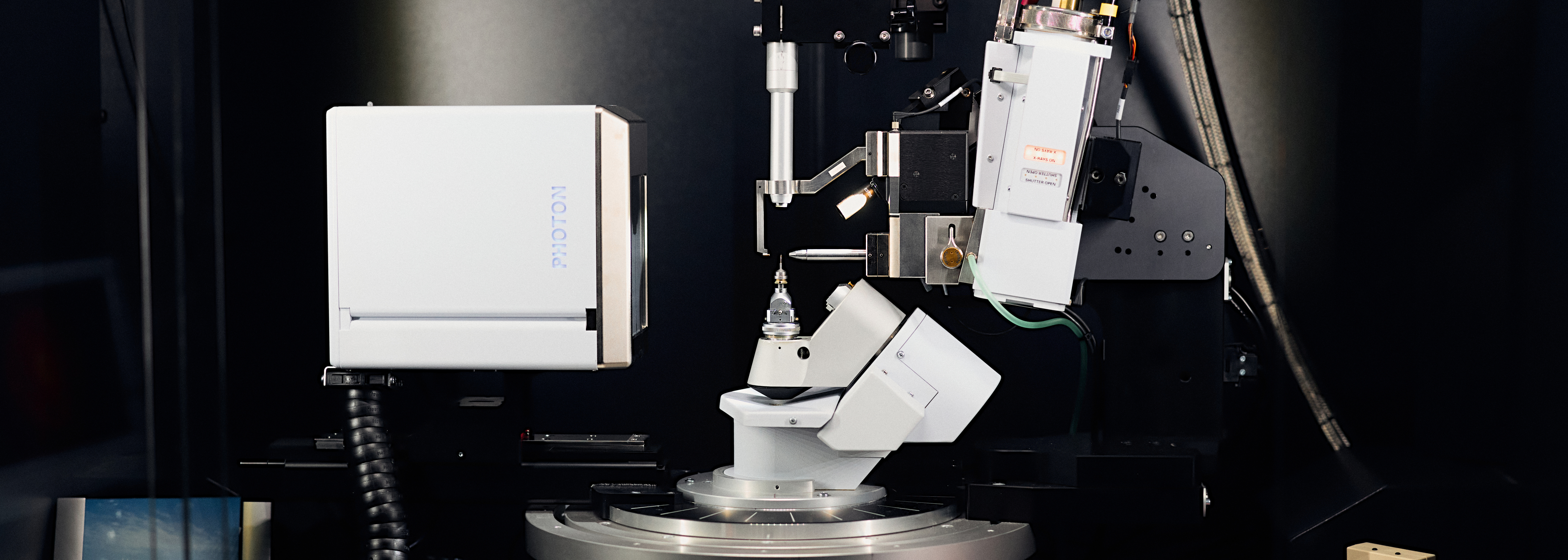 (c)
Patrick Pollmeier, Universität Bremen
(c)
Patrick Pollmeier, Universität Bremen 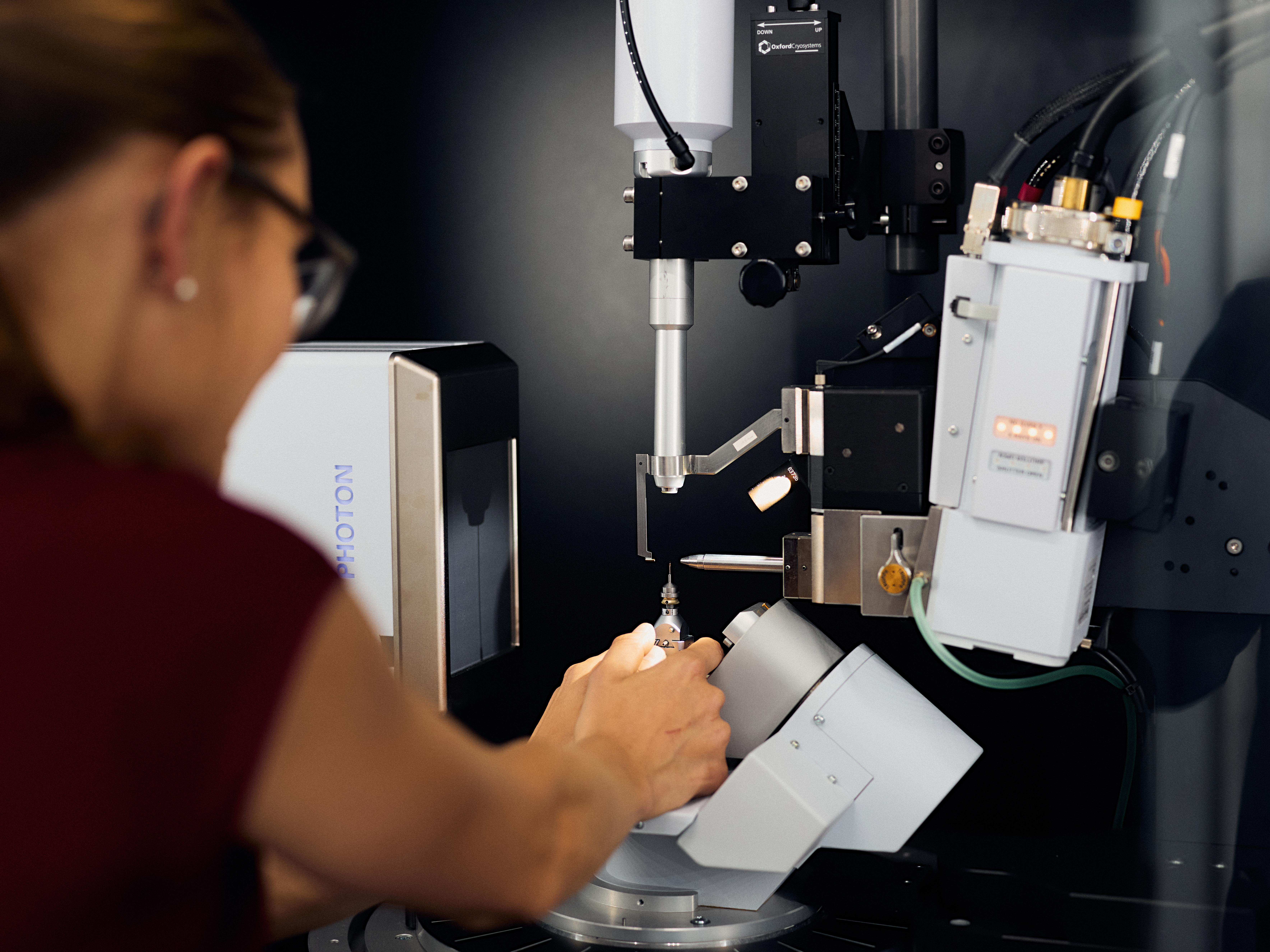
For single crystal diffraction we operate a
Bruker D8 Venture diffractometer using Mo radiation equipped
with a PHOTON III detector. The diffractometer is located in
our labs and is shared with the AG Chemische
Kristallographie fester Stoffe in the Faculty of Chemistry and
Biology. The diffractometer can be equipped with a cryostream
for low temperature measurements down to 100 Kelvin. A hot air
blower is available upon request.Typically complete difraction
data sets may be obtained for crystal structure analysis of
single crystals of about 100-400 µm diameter.
Determination of orientation only is also possible for large
crystals up to several mm. Extremely small amounts of powder
may be subjected to rotation measurements to achieve powder
patterns (however, with rather low resolution in reflection
widths) - usually use powder XRD for small samples due to
better resolution
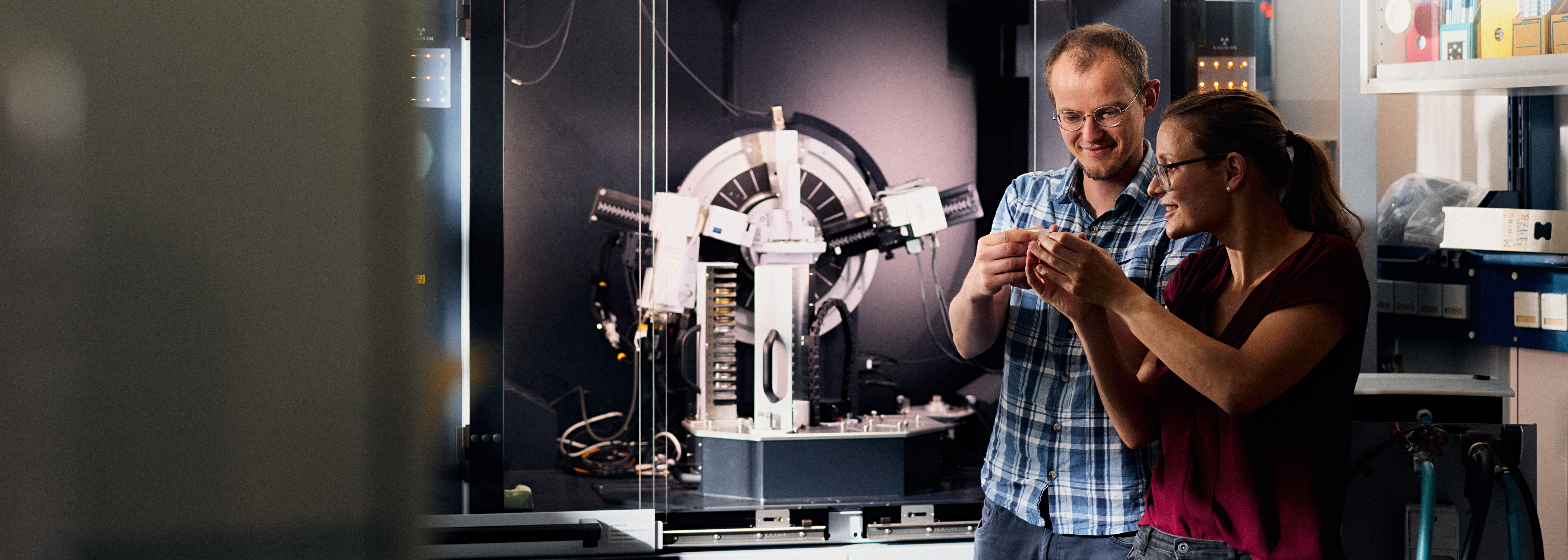 (c)
Patrick Pollmeier, Universität Bremen
(c)
Patrick Pollmeier, Universität Bremen
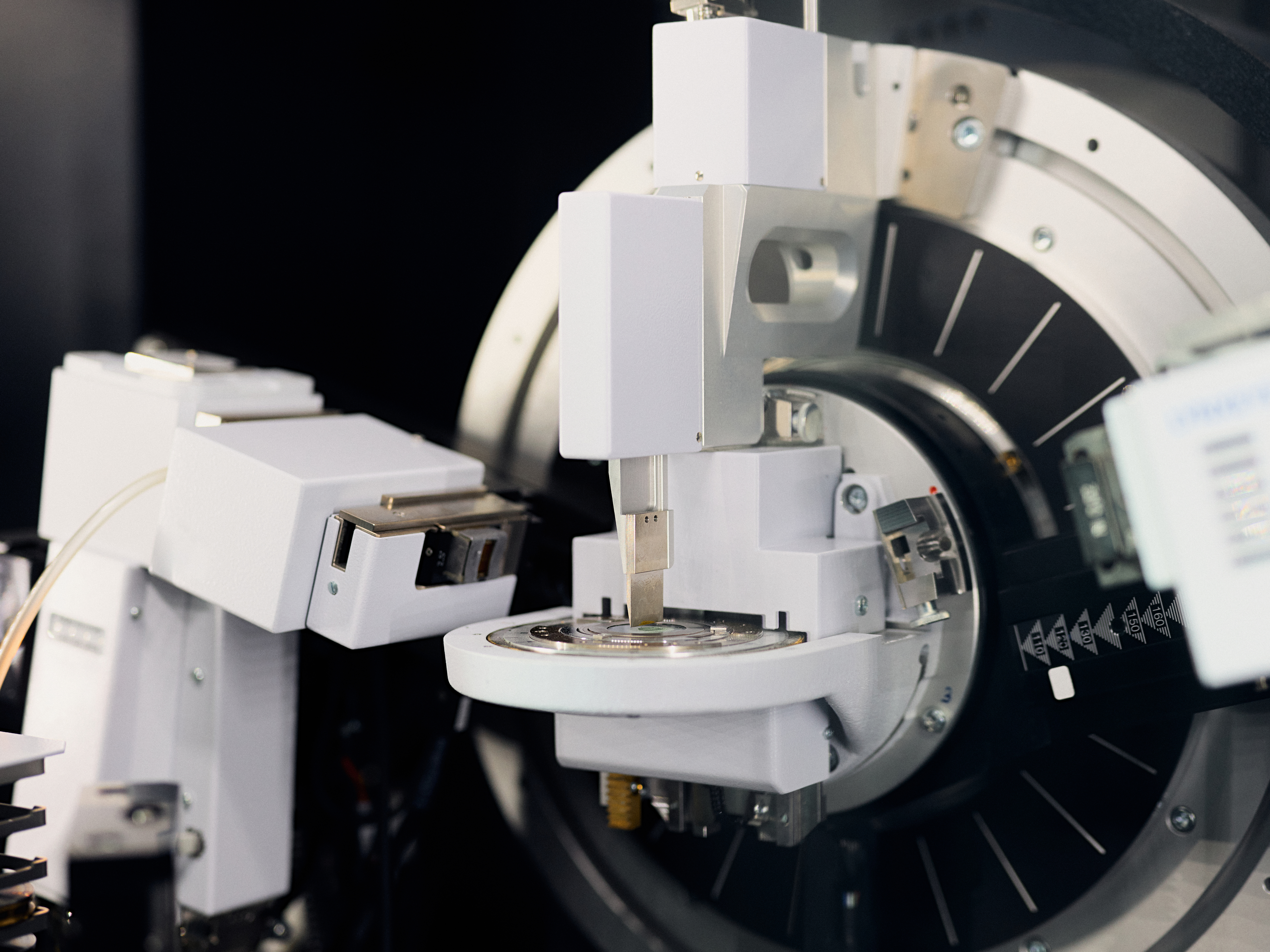
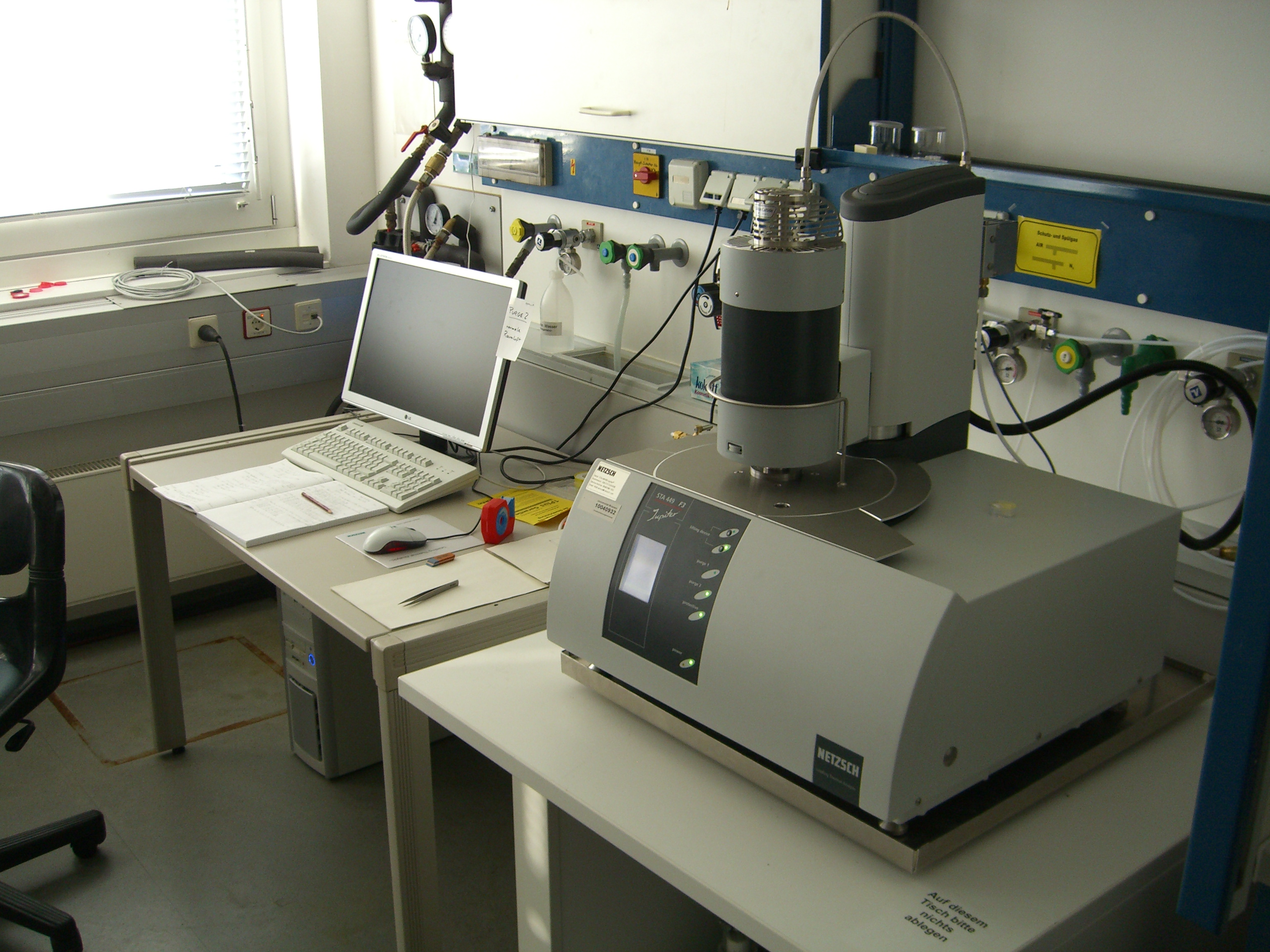
Powder Diffraction:
 (c)
Patrick Pollmeier, Universität Bremen
(c)
Patrick Pollmeier, Universität Bremen 
For powder
diffraction experiments we operate three
diffractometers:
diffractometers:
- Panalytical X'Pert Cu-Radiation, Bragg-Brentano Geometry
- D8 Discover Cu-Radiation, Bragg-Brentano Geometry, shared with AG Chemische Kristallographie fester Stoffe in the Faculty of Chemistry and Biology
- D8 Advance Cu- and Mo-Radiation, Bragg-Brentano or capillary transmission geometry, shared with AG Mechanische Verfahrenstechnik, IWT
- In-situ variable temperature measurements are possible.

Sample preparation and other characterization techniques
- Netzsch DTA-TG
- Chemistry laboratory
- Ball mill, Micronizer
- Ovens, Induction furnace
- Microscopes
